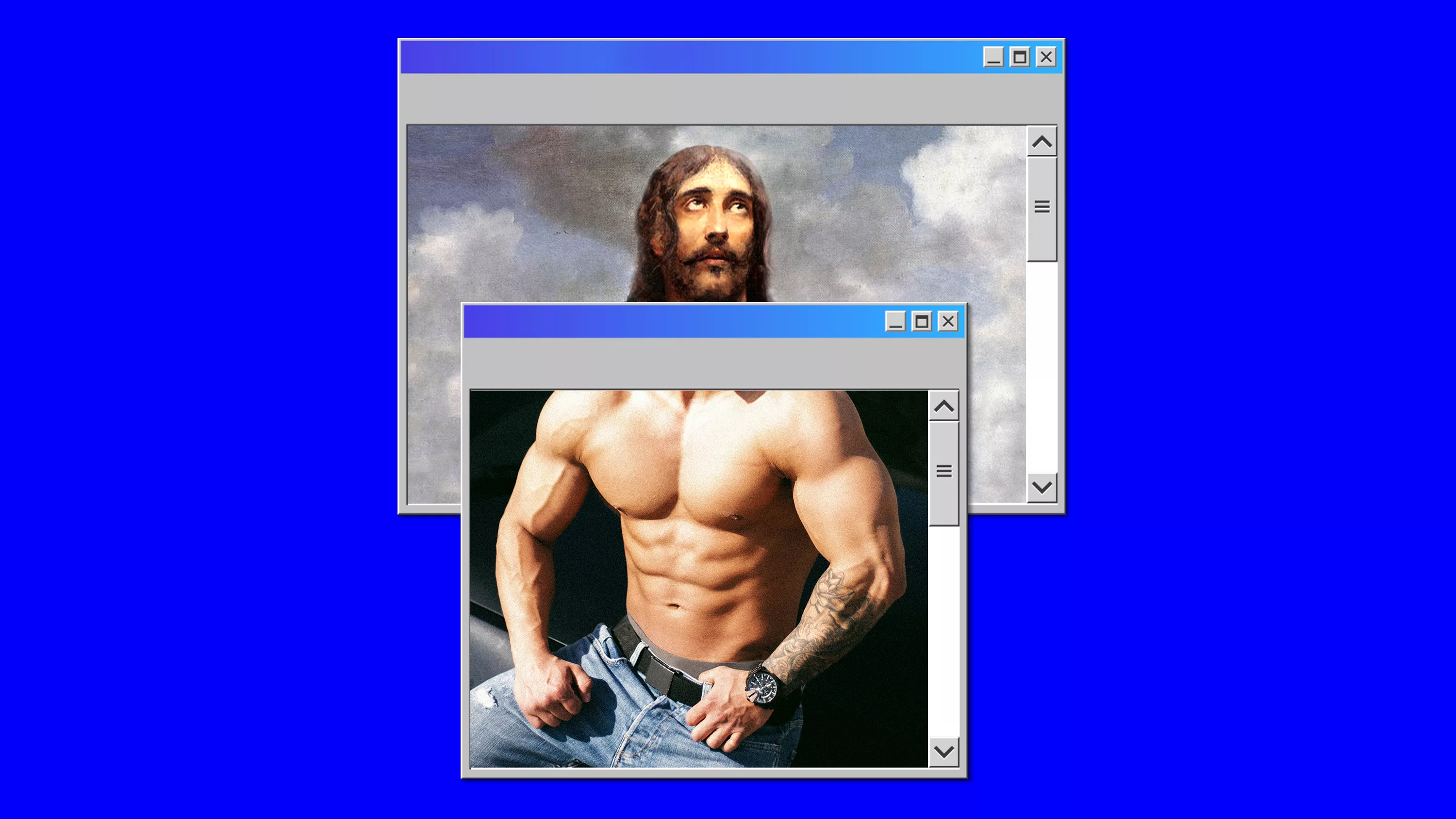
As digital enticements proliferate, Michelangelo and the apostle Paul teach us to seek humbler, faithful art forms.
Why pray alone or with your family if you can pray with big-biceped celebrities on the Hallow app? Why limit yourself to reading or hearing the Gospels if you can have a Jesus with all the thrill and appeal of a bingeable Netflix series? Why cultivate the Ignatian prayer skill of active imagination when you can passively experience an immersive exhibit that brings a storm on the Sea of Galilee to life?
Why be satisfied with an ordinary church when you can digitally tour Europe’s greatest cathedrals or listen to famous preachers comfortably at home? Or why settle for traditional depictions of Jesus or figures from the Bible and church history when images of what The Atlantic dubbed “hot AI Jesus” and hot AI saints now proliferate online?
These are but some of the questions posed by our digital era’s dizzying accelerations, and Christians best have an answer. Here, I’ll focus on the artificial intelligence renderings of Jesus and explore how the example of history’s greatest Christian artist, Michelangelo, can help us resist the enticements of artificial devotion.
The easiest response to AI Jesus is to say that the iconoclasts—the Christian icon-breakers who warned against or outright destroyed devotional images in eighth-century Byzantium and sixteenth-century Europe—have been vindicated at last. An AI-generated image like shrimp Jesus is surely enough to cause some to hope that a modern equivalent of Oliver Cromwell’s stained glass–smashing soldiers will soon ride again.
Modern iconoclasts would argue that churches should be clean and imageless, an ever more necessary weekly cleansing of our digitally exhausted visual palette. This is venerable and ancient counsel. …

